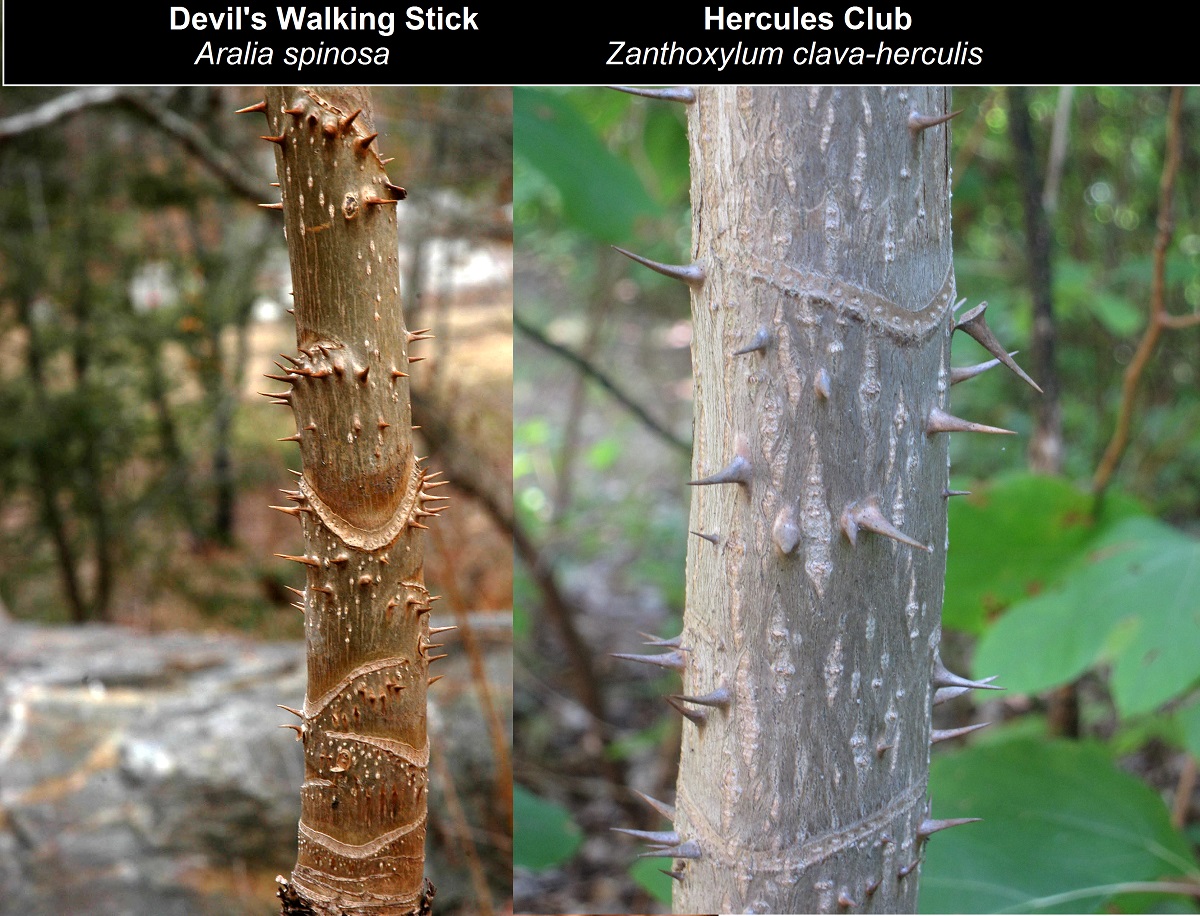- Joined
- Sep 7, 2013
- Messages
- 18,167
Close, but no cigar, LOLThat is a honey locust tree. The seeds and seedpods are edible. Good for coughs, small pox, stomach, throat cancer, antiseptic, anesthetic, colon cancer, breast cancer, larynx cancer....measles...
It's a close relative. There are actually a number of closely related species of locust worldwide in the genus Gleditsia, and many of them have "honey locust" in the name, (Persian honey locust, Japanese honey locust, Chinese honey locust, thorny honey locust, Texas honey locust) but not this one.
The toxic black locust ( Robinia pseudoacacia) is in a different genus.
There is a key difference that you can use to distinguish between the thorny honey locust and the swamp locust. The American thorny honey locust (Gleditsia triacanthos) has a long seed pod with many seeds. The swamp locust (AKA water locust, Gleditsia aquatica) has a very short seed pod, sometimes with only one seed. The swamp locust has a limited range which overlaps the honey locust. As you might guess from the name, they are a wetlands tree and are often found at the water's edge whereas the thorny honey locust is more of an uplands tree.






